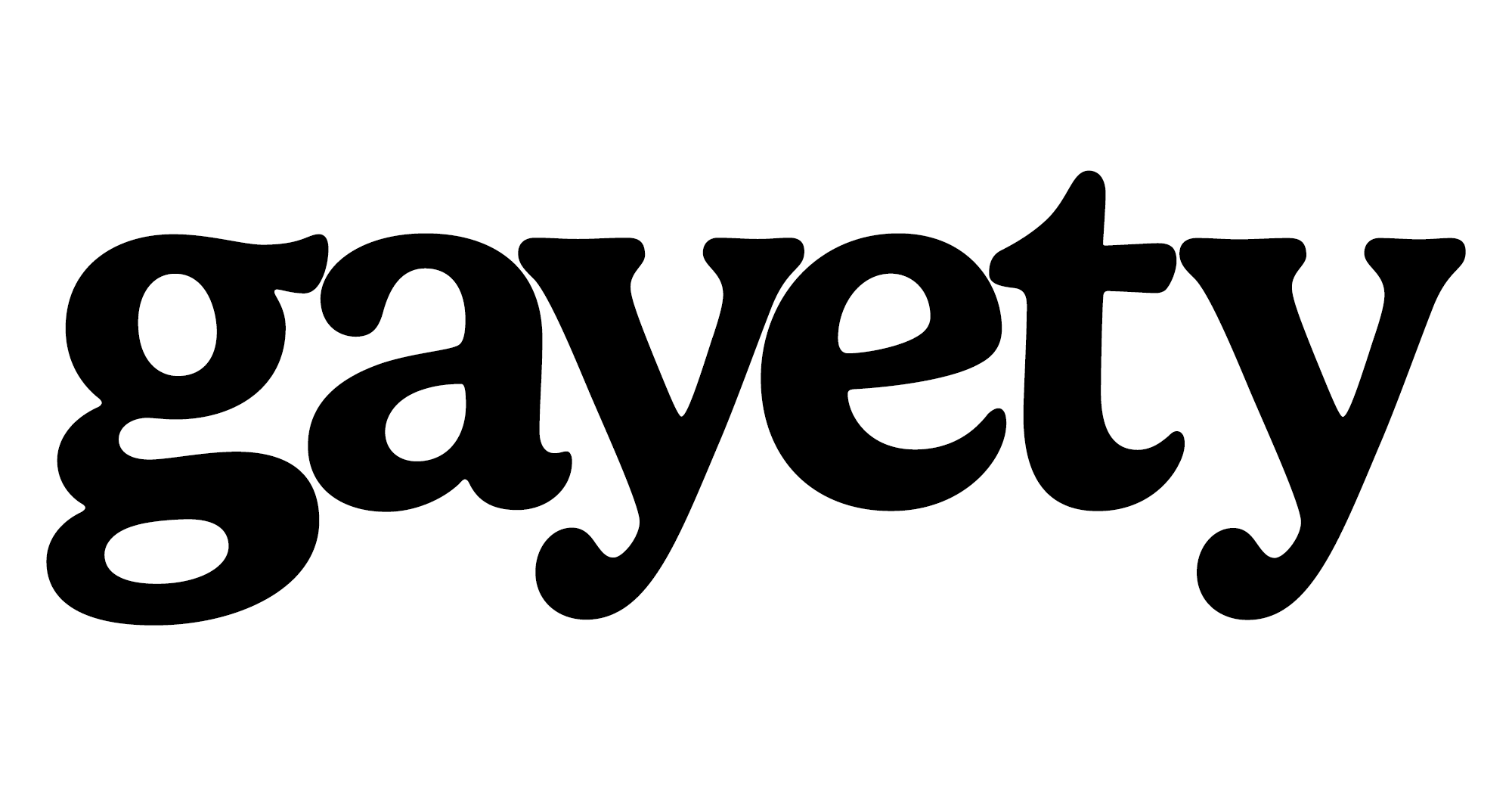Though American Sign Language (ASL) has been around since the early 1800s, LGBTQ-related words are only becoming more commonplace now. As the desire to develop a deeper understanding of various LGBTQ identities expands, so does sign vocabulary. Knowing how to communicate with deaf LGBTQ peers can be empowering for both parties and increase accessibility. If you want to brush up on your queer signs, here’s how to say “gay” in sign language!
Related | Nyle Dimarco Painted Sign Language All Over His Body
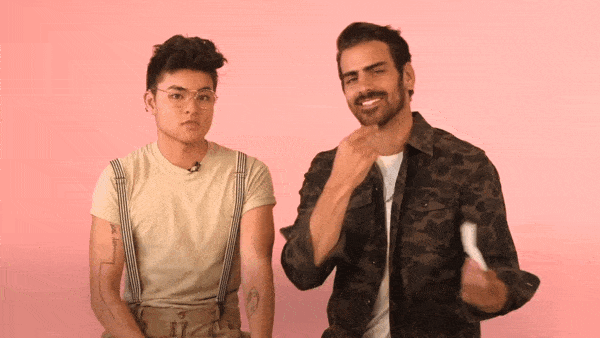
What Is “Gay” In Sign Language?
If you want to say “gay” in sign language, tap the letter “G” on your chin. Alternatively, you can fingerspell (i.e. spell the word letter by letter) “gay” for clarity.
There are many ways you can use the signed word “gay.” For instance, you can use it to ask about someone’s sexual identity or participate in LGBTQ workshops.
Other LGBTQ Signs You Should Know
Now that queer signs are becoming more popular, you should know a few other words.
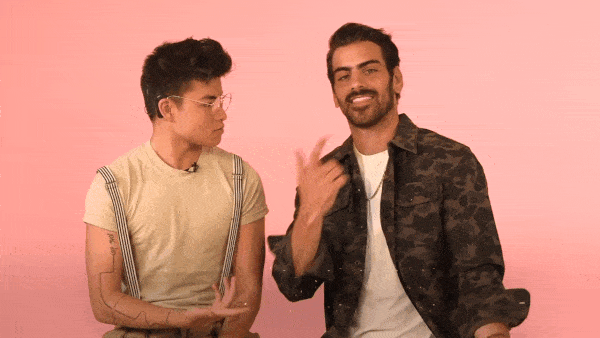
Lesbian
Make the shape of the letter “L” with your thumb and index finger, tapping onto your chin to indicate the word “lesbian”.
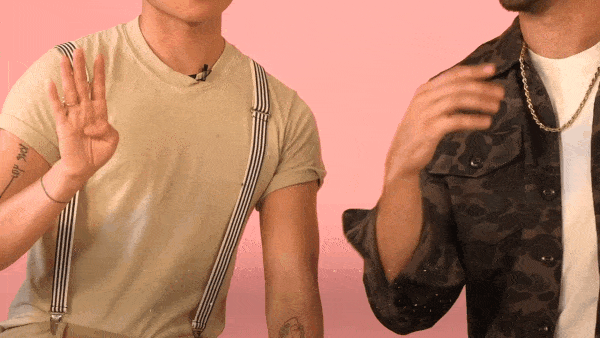
Bisexual
Sign the letter “B” on your chin, then transition into the letter “I” as you move your hand forward to indicate the word “bisexual”.
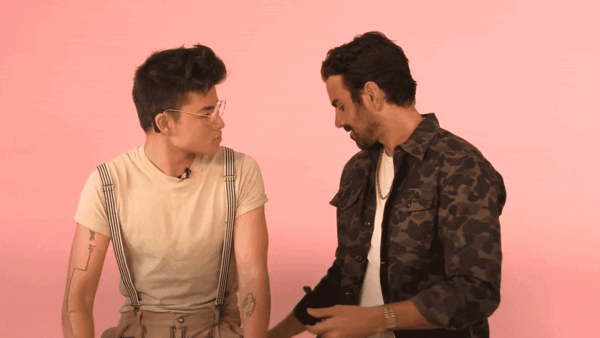
Transgender
Keep your hand open by your shoulder, then close it as you move your hand toward your chest to indicate the word “transgender.”
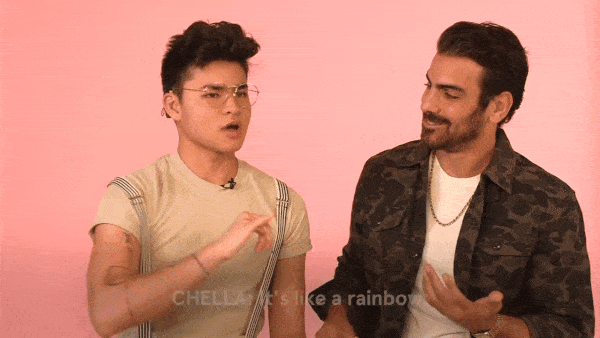
Queer
“Queer” is a highly variable sign in the deaf community, so people may not always sign it the same way. One way to sign the word is to keep your hand flat and stretch out your middle finger (a sign known as an “open 8”) to your forehead, moving it to the back of your head.
Another way to sign the word “queer” is to make an open 8 on your chin, then flick it in an outward movement. Like most other queer signs, you can also fingerspell the word “queer”.
Why It’s Important To Learn ASL For The LGBTQ Deaf Community
It may seem obvious why you should learn ASL for the LGBTQ deaf community – it helps you communicate better and allows others to express themselves freely. However, there are other benefits to learning ASL that may not be as evident.
For instance, it is a little-known fact that deaf LGBTQ youth are at high risk of developing depression due to difficulty communicating with their hearing peers. In a research survey by The Trevor Project, 81% of participants reported experiencing depression, compared to only 39% of hearing respondents. Non-hearing respondents also claimed that environmental factors like discrimination from hearing peers and a lack of familial support contributed to thoughts of suicide.
The same research survey concluded that the key to improving the deaf LGBTQ community’s well-being was improving accessibility in public spaces and encouraging learning ASL within the broader queer community.
The Trevor Project also stated that community events should start mandating ASL interpretation and training staff to serve deaf LGBTQ people. More explicitly, it mentioned accessibility and support for deaf people on community websites, especially in promotional materials.
Another way to support the deaf LGBTQ community is to access available resources online. The Deaf Queer Resource Center (DQRC) is the biggest national nonprofit resource center where people can find the most comprehensive information about deaf-queer communities. Another nonprofit organization to look into is the Rainbow Alliance of the Deaf, established in 1977 to promote deaf education and social welfare within the community.
The Bottom Line
If the non-queer deaf community still has a long way to go, the queer deaf community has an even longer journey ahead. Taking the time to learn queer signs and ASL culture is already one big step in the right direction. Start with the hand sign for “gay” and work your way up toward the rest of the LGBTQ dictionary!
Related | Nyle DiMarco Is the Latest Addition to ‘Queer as Folk’ Reboot
